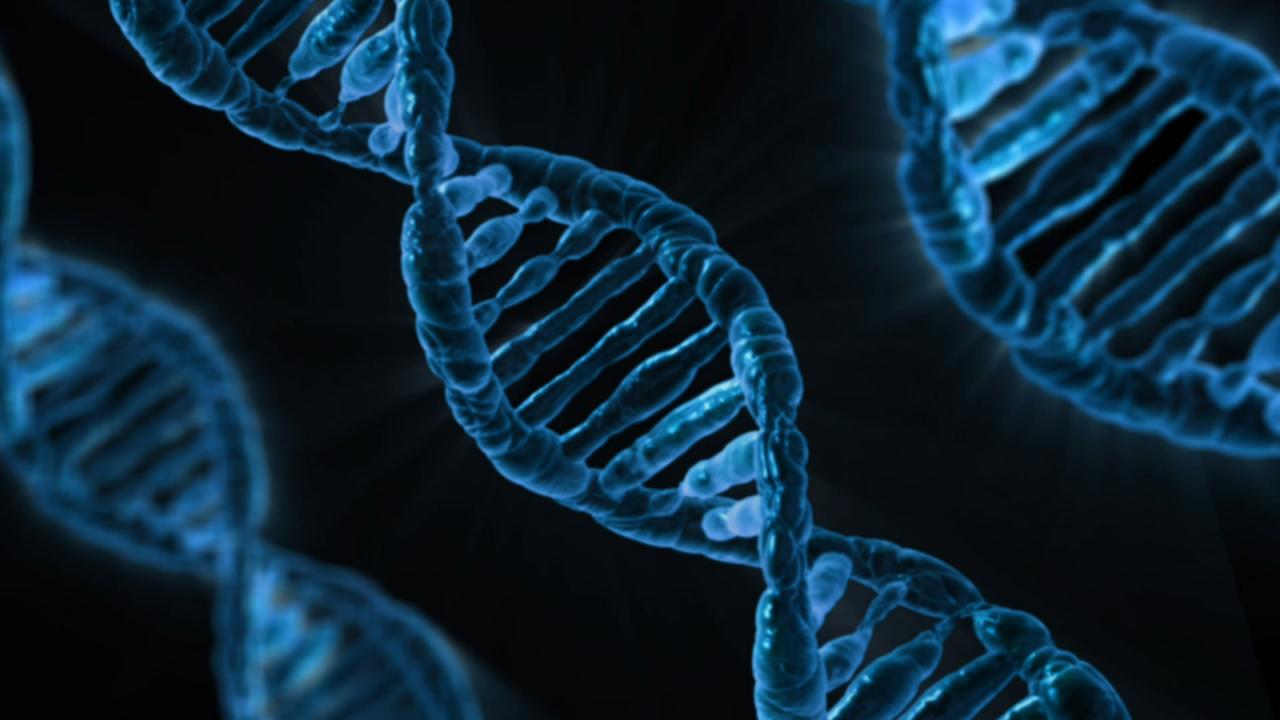
California National Primate Research Center Successfully Demonstrates Gene Editing in Nonhuman Primates
Media Contact: CNPRC Info (530) 754 4413
(U.C. DAVIS) – Imagine a world where maladies such as cystic fibrosis, Huntington’s Disease, or sickle cell anemia no longer exist. While the U.S. is far from achieving this lofty goal, it recently came a step closer at the California National Primate Research Center (CNPRC), where scientists have efficiently used CRISPR/Cas9 technology to modify the genes of rhesus macaque embryos.
The research, recently published in the latest edition of Human Molecular Genetics, paves the way for future studies where the possibility of birthing gene-edited monkeys that can serve as models for new therapies is greatly increased.
CRISPR, an acronym for Clustered Regularly-Interspaced Short Palindromic Repeats, is essentially a DNA segment that scientists can manipulate using a system known as CRISPR/Cas9 to edit the genes within organisms. CRISPR/Cas9 seeks and targets specific genes in organisms that are linked to diseases. It does this by utilizing a single strand of ribonucleic acid (RNA), a nucleic acid present in all living cells, as a guide to target specific genes for editing.
The editing of genes in animals using CRISPR/Cas9, and specifically in nonhuman primates is not new. For several years, scientists in the U.S. have edited the genes of fruit flies and rodents. In China and Japan, scientists have used Cas9 to edit the genes of nonhuman primates with little efficiency. This is because the technology can be imprecise – causing off-target effects to genes that were not intended to be targeted.
“One of the problems with the CRISPR/Cas9 approach is that you have to target the gene,” said Dr. Catherine VandeVoort, the core scientist at the CNPRC who collaborated with Keith Latham of Michigan State University and Dr. Daniel Bauer at Harvard Medical School for the study. Latham designed the CRISPR/CAS9 system used in the CNPRC project. “When you have a very short (gene) sequence that you are targeting, it may show up in different places, in another part of the DNA strand instead of where you intend. It can cause off-target effects.”
Another challenge with the process is that the longer Cas9 stays in the cell, the higher the likelihood of off-target effects, she said. While rodent-based models are good for studying diseases, rodents differ from humans in many anatomical and physiological ways making it difficult for rodent-based models to make the jump to human clinical trials. Alternatively, nonhuman primates share many similarities to humans, making them ideal models for studying human diseases.
While the monkey model is better for studying human diseases, it is also much costlier than rodent-based models. For example, the cost of raising a nonhuman primate can be roughly $15,000 and can take a long as 4-6 years to have a mature monkey with the desired genetic characteristics. Rodents with pre-disposed genetic characteristics can be easily ordered and shipped to laboratories within days and for a much lower rate.
“In monkeys, we can’t afford any off-target effects and so we asked ourselves, ‘How can we make this more efficient?’” VandeVoort said.
To minimize the risk of the off-target effects, the study used a two-pronged approach to increase the efficiency of the CRISPR/Cas9 targeting. In one group of embryos, the scientists used two RNAs instead of one to target binding sites on the HBB gene. The HBB gene is associated with sickle cell anemia and thalassemia, inherited blood disorders in which the body makes abnormal hemoglobin. In a second group of embryos, the scientists aimed to reduce the length of time that the Cas9 remained active in the cells by using protein rather than the RNA to edit the genes.
The scientists successfully edited the genes of the monkey embryos with 85 percent efficiency. Furthermore, the study demonstrated the first time in the U.S. that this method could effectively be used in monkey embryos. VandeVoort said the embryos used in the study were not implanted in recipient female monkeys, but that a future study will transplant the embryos with a goal of creating a gene-edited monkey.
For more information on this, and other studies occurring at the CNPRC visit cnprc.ucdavis.edu
